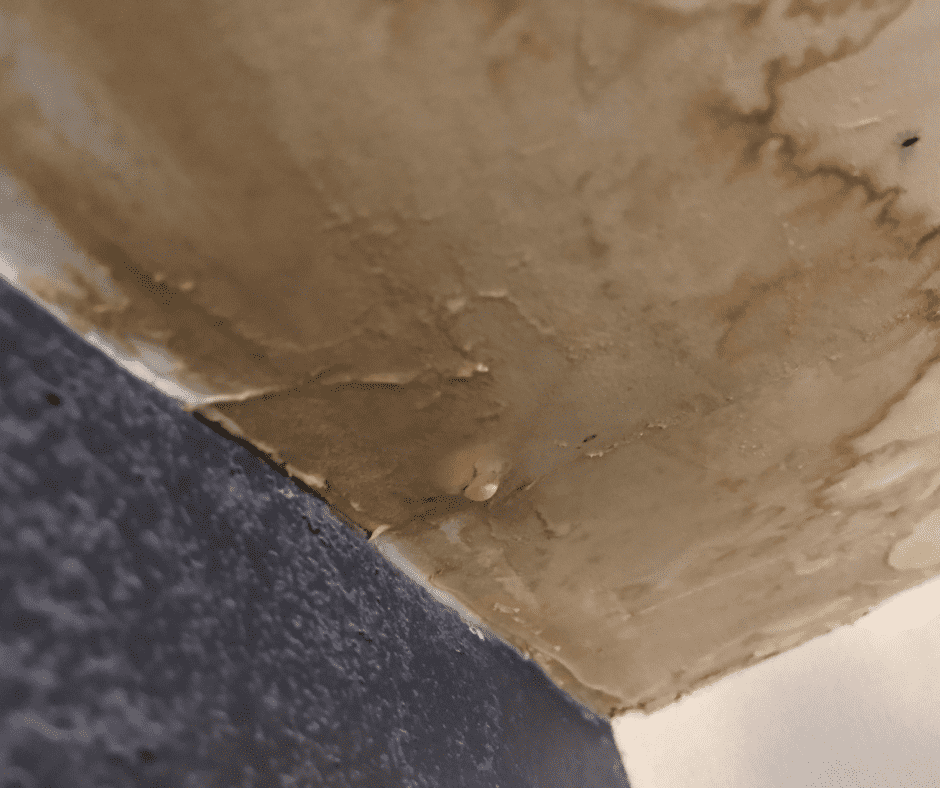Mold Prevention After Water Damage
If any place has been subjected to water damage the likelihood of mold infestation increases manifold times. They form in areas where there is excessive humidity or moisture and grow on surfaces that are wet. They cause discoloration on the area they affect and can be seen on wooden fixtures such as cupboards, bookcases or even beneath the carpet padding if they have been exposed to water or moisture.
They form whenever conditions are favorable – broken pipes, flooding, leaky roofs etc. are all factors responsible for their growth and spread. They grow in places where organic matter as well as moisture are present and can spread easily through their spores. Therefore it is essential that mold is removed as soon as it is detected. If a homeowner overlooks or neglects the situation there may be widespread mold infestation that would then require expert assistance to eradicate.
Having an expert remove mold is expensive and is generally not covered by insurance. They also pose a health risk so it is a necessity to have them removed at the earliest. So, here’s how to detect and prevent mold infestation – the DIY route.
In a Hurry? Here’s a Quick Summary:
- Seal the Area
- Shut off the Electricity
- Remove Excess Water
- Scrub the Area
- Rinse and Repeat until Mold is Gone
- Disinfect the Area
- Dry The Area Out Using a Dry Vac
That sums it up nicely! Need more information? Let’s get right into it!

How to Remove Mold
Seal the Area
The way to get rid of mold is by thoroughly cleaning the affected area. For this organic cleaners which are easily available in the market can be used. It is essential to take some precautions like wearing gloves, eye goggles and a respirator to prevent exposure to the harmful spores.
Also wear clothes which can be discarded safely after the clean up is completed. Only after taking these preventive measures and having the right cleaning solutions proceed with the cleaning.
The first step is to have the affected area sealed off from the rest of the property using tape and plastic sheets. This is done to ensure that no spores are spread to other areas of the home.
Clean and Disinfect the Area
If your home is facing a flood situation turn off the electricity.
Remove all the excess water completely and then look for potential areas which would be conducive for mold growth. Scrub the affected area thoroughly and use detergent and a good brush which will remove the mold from the affected area.
After scrubbing rinse the area with the solution. The area needs to be disinfected and cleaned. Then use a dry vacuum cleaner to blow dry the area completely until all the moisture is totally removed. This will help to prevent a recurrence of mold in the area.
There are good quality mold cleaners available in the market which are organic and contain no harmful chemicals that may be toxic when exposed to.
Do not use cleaners which have a high content of chemicals such as chlorine, bleach etc to clean and remove molds. For bathrooms and shower curtains a simple household product like vinegar can be used. It is bio-degradable and much safer than solutions with chemicals that could harm anyone who inhales it.
Call a Professional
Incase a DIY method does not seem to provide the solution to your mold problem then it is important that you contact a professional mold remediation service to carry out the task. It will be more expensive but it is well worth the money spent as it will leave your home clean and mold free for many years to come.
Water Removal Services
Now, we at Vetted Los Angeles Restorations don’t deal with mold. We can help prevent it but we’re here primarily to help you with flooding and water damage in Los Angeles. Sometimes, there’s too much water damage to even try to remove mold. You’ll need expert restoration assistance to remove standing water, dry out the property, and then prevent mold growth. For such assistance, call us now!
More helpful posts:

Pingback: How to Deal With Water Damage from Clogged Gutters
Pingback: Mold Prevention After Water Damage – Vetted Los Angeles Restorations
Pingback: How to Deal With Water Damage from Clogged Gutters – Vetted Los Angeles Restorations